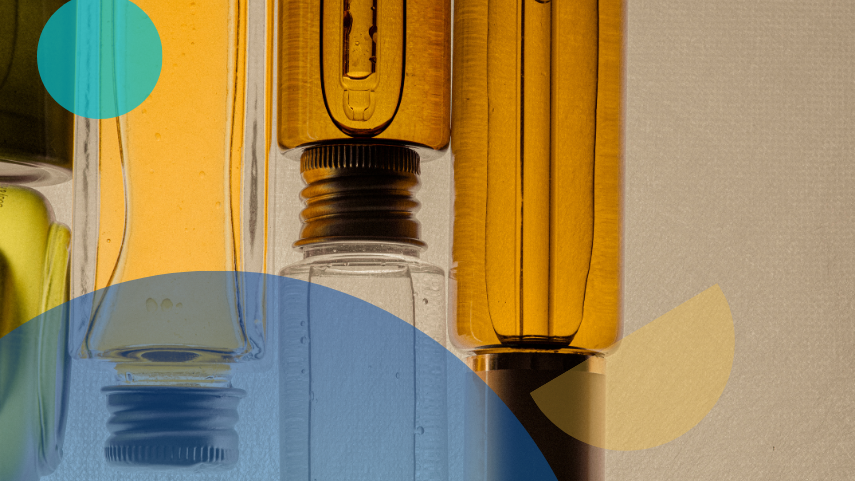
Meeting Sustainability Demands with Innovative Packaging for Skincare Products
As part of its sustainability plan, a well-known cosmetics company wanted to switch its skincare products to monomaterial packaging.
As laws became stricter and customers wanted eco-friendly products, choosing the right packaging was key for long-term success. The company also had to ensure the packaging kept the products safe while being cost-effective and practical for the supply chain.
Identifying and Evaluating the Most Viable Sustainable Packaging Solutions
A detailed study identified over 100 packaging solutions and suppliers that met basic sustainability and performance requirements.
To refine this list, a structured evaluation framework was applied, considering:
Innovative Design & Functionality – Structural advancements, ease of use, and adaptability to skincare products.
Material Properties – Barrier effectiveness, durability, and compatibility with skincare formulations.
Sustainability Factors – Recyclability, refillability, and reduction of greenhouse gas (GHG) emissions.
Business Viability – Scalability, cost-effectiveness, and supply chain reliability.
This evaluation identified 20 packaging solutions with the strongest performance across key criteria.
Research Process- How did GreyB Help?
The supplier data showed strong potential for the top 20 packaging solutions, but their real-world performance was uncertain.
Another step was taken to remove uncertainty: direct testing of packaging samples.
Real-world testing vs. marketing claims.


Packaging samples were requested directly from manufacturers without relying on supplier test reports or revealing the client’s identity. This helped get unbiased responses and prevented suppliers from adjusting their information to meet expectations.
Once the samples arrived, physical checks and testing revealed essential insights:
- Barrier Performance & Material Durability – Some packaging that claimed to block oxygen had leaks under different conditions, making it unsuitable for skincare.
- Sealing & Structural Integrity – Even though some designs claimed airtight, weak seals were found, raising concerns about contamination and shorter shelf life.
- Consumer Usability & Practicality – While some designs were sturdy, they had issues with dispensing, resealing, and portability, which could affect the user experience.
- Marketing Hype – Online research missed certain issues, like a “100% recyclable” packaging claim with a hidden multi-layer barrier, which complicated recycling. Another option, advertised as durable, cracked under pressure, raising concerns about shipping.
This validation process removed unsuitable options, leaving only the top 10.
Key Findings from the Analysis
With our multi-layered research and testing approach, we provided the client with:
- A final shortlist of the top 5 monomaterial packaging solutions, ensuring performance, sustainability, and scalability.
- Verified supplier insights beyond marketing claims, clearly understanding potential challenges.
- Strategic recommendations for seamless adoption, minimizing risks associated with production and distribution.
In today’s competitive, sustainability-driven packaging landscape, real-world validation is crucial. If you want to identify and implement innovative, high-performing packaging solutions, connect with our specialists today to explore data-backed strategies tailored to your product line.
Schedule a Consultation With Our Experts Today
Get in touch by filling out the form below






